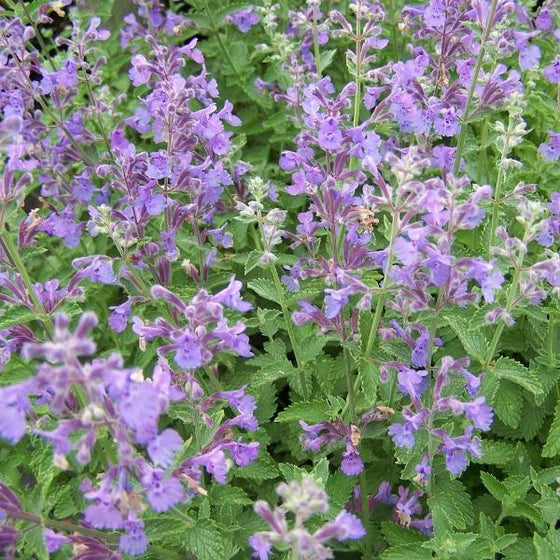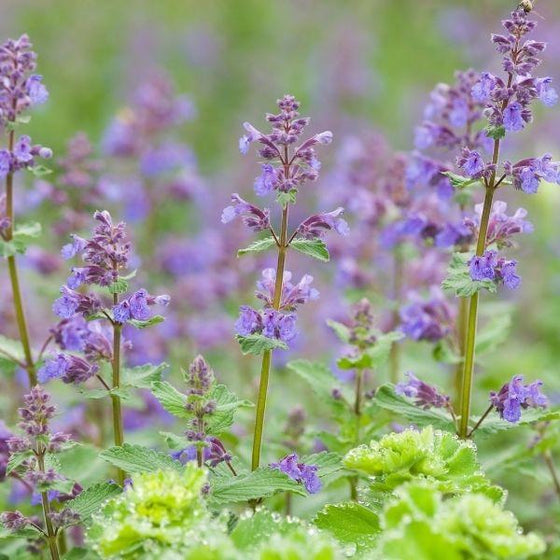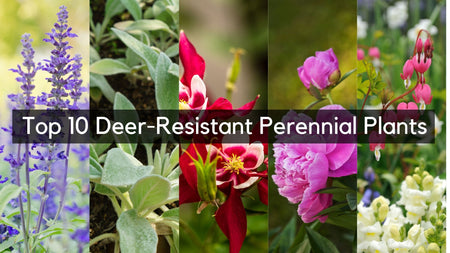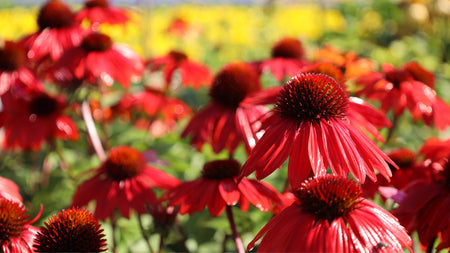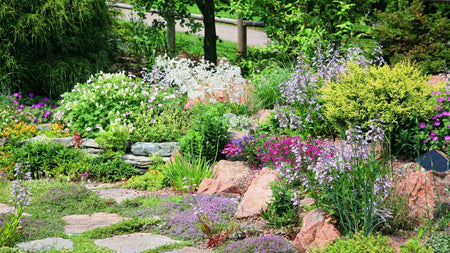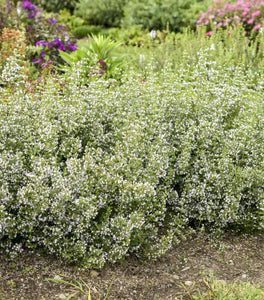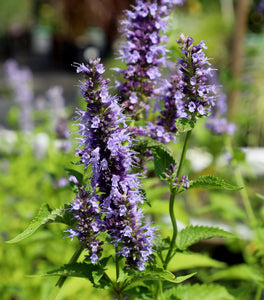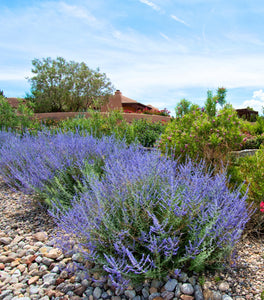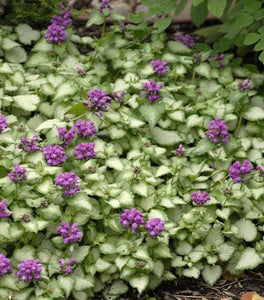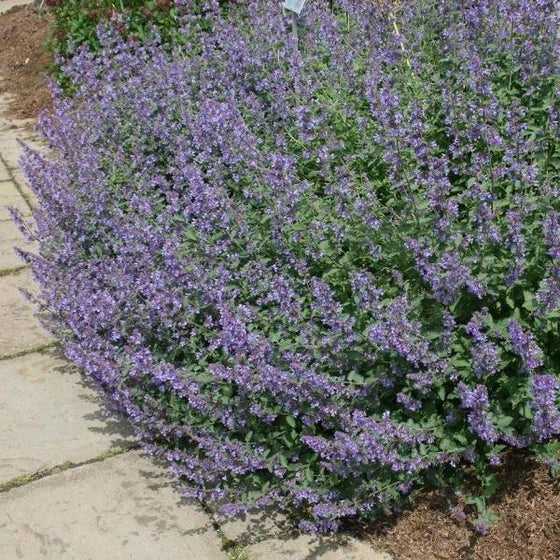
Images Depict Mature Plants
Fragrant, Long-Blooming Color for Sunny Gardens
Lavender-Blue Blooms That Last All Summer
Walker’s Low Catmint (Nepeta x faassenii ‘Walker’s Low’) is a superstar perennial known for its abundant lavender-blue flower spikes and aromatic gray-green foliage. Blooming from late spring to early fall, this variety adds months of color and fragrance to gardens, drawing bees, butterflies, and hummingbirds in large numbers.
Compact, Graceful, and Versatile
Despite its name, Walker’s Low is not a true “low-grower,” reaching a tidy 18–24 inches tall with an elegant, arching form. It makes a stunning border plant, softens garden edges, and thrives in cottage-style, Mediterranean, and pollinator gardens. Its silvery leaves complement roses, coneflowers, and ornamental grasses beautifully.
Drought-Tolerant and Deer-Resistant
Once established, Walker’s Low Catmint is highly drought-tolerant and thrives in full sun and well-draining soil. It’s naturally resistant to deer and rabbits, making it a dependable perennial for wildlife-heavy areas. The fragrant foliage also helps deter browsing animals while filling the air with a pleasant herbal scent.
Easy-Care, Long-Lived, and Rewarding
This low-maintenance perennial asks for little but gives back endlessly. Shear lightly after its first bloom to encourage a second flush of flowers. It’s ideal for sustainable gardens that rely on minimal watering and no chemicals — just natural beauty and pollinator life all season long.
2007 Perennial Plant of the Year
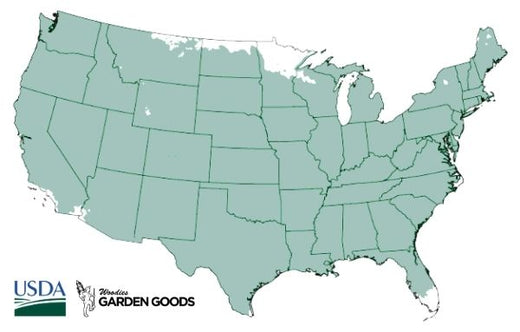
| Botanical Name | Nepeta x faassenii ‘Walker’s Low’ |
|---|---|
| Hardiness Zone: | 4-9 |
| Mature Height: | 18 to 24 inches |
| Mature Width: | 24 to 30 Inches |
| Sunlight: | Full sun |
| Bloom Time / Color | Late Spring to Fall / Lavender-Blue |
| Soil Condition: | Well-drained, average to sandy soil |
| Water Requirements: | Low once established |
| Resistance | Heat, drought, and deer |
| Landscape Uses | Borders, cottage gardens, slopes, containers, pollinator gardens |
How to Care for Nepeta Walkers Low Catmint
Before you buy a Nepeta Walker Low Catmint Plant, make sure to read about the recommended care instructions to keep this plant healthy and thriving.
How should I plant Walker’s Low Catmint?
Choose a sunny location with well-drained soil. Loosen the soil and mix in compost if necessary to improve drainage, especially in heavy clay. Dig a hole twice the width of the container and the same depth, then gently remove the plant and position it so the top of the root ball is level with the soil surface. Backfill and firm the soil lightly around the base, then water thoroughly to help the roots settle. If planting multiple catmints, space them 18–24 inches apart to allow air circulation and even growth. For a dense, flowing look in borders, plant on 12-inch centers. Add a light mulch to retain moisture, but avoid piling it against the stems.
How often should I water Walker’s Low Catmint after planting?
Water deeply once or twice per week during the first month to help establish roots. After that, reduce watering frequency as the plant becomes drought-tolerant. Allow the top few inches of soil to dry between waterings, as Catmint prefers drier conditions. During prolonged heat or drought, water once every two weeks to maintain foliage health and encourage blooming. Overwatering can lead to root rot or floppy growth, so keep soil on the dry side once established.
When should I fertilize Walker’s Low Catmint?
Catmint generally requires little fertilizer. Feed once in early spring with a slow-release balanced fertilizer (like 10-10-10) or simply amend with compost. This supports healthy foliage and abundant blooms without overstimulating growth. Avoid excessive nitrogen, which can cause lush foliage but fewer flowers. An annual top-dressing of compost also improves soil texture and provides gentle nutrients for sustained health.

When and how should I prune Walker’s Low Catmint?
Shear the plant by one-third after its first major bloom in late June or July to encourage reblooming and maintain its rounded shape. Use clean shears and cut just above leaf nodes. In late fall or early spring, remove spent stems to make way for new growth. Pruning keeps the plant tidy and promotes a long-lasting display of color.

